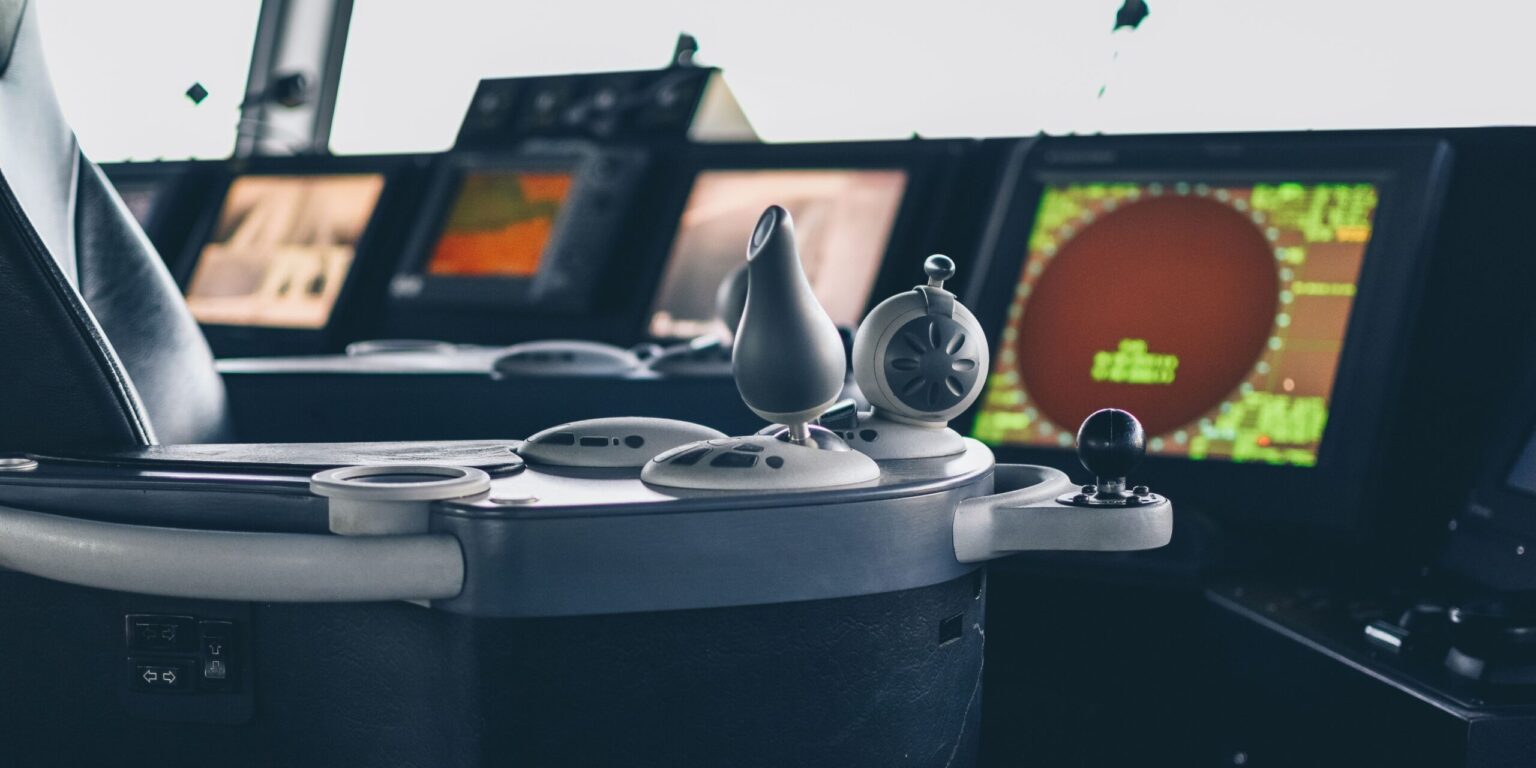The Federal Aviation Administration (FAA) is accelerating efforts to modernize the United States’ outdated air traffic control (ATC) infrastructure, following several high-profile disruptions, such as radar and communication failures at Newark Liberty International Airport. The FAA’s comprehensive plan, a $31 billion investment over the next three years, is focused on enhancing the safety, efficiency, and reliability of the nation’s airspace. The overhaul will involve building new air traffic control centers, upgrading communication technologies, and integrating advanced automation systems to better handle increasing air traffic.
Addressing Immediate Challenges in Air Traffic Control
The decision to fast-track the modernization of air traffic control systems comes in response to a series of failures that have raised concerns about the current system’s ability to support the growing number of flights in U.S. airspace. One of the most significant incidents occurred at Newark Airport, where a radar system failure and communication breakdowns left air traffic controllers struggling to maintain communication with pilots, leading to delays and safety concerns. Such issues highlighted the urgent need for an updated and more robust system capable of handling modern air traffic demands.
With air travel expected to increase in the coming years, the FAA is prioritizing immediate and long-term improvements to its ATC infrastructure. This modernization project is designed to not only address current shortcomings but also prepare for the future of aviation, which includes the growing use of unmanned aerial vehicles (UAVs), advanced aircraft, and an increasingly complex air traffic environment.
Key Elements of the FAA’s Modernization Plan
The FAA’s $31 billion plan encompasses several strategic initiatives aimed at overhauling the nation’s air traffic control system:
1. Building New Air Traffic Control Centers
The FAA will build new, state-of-the-art control centers across the U.S. These new facilities will be equipped with advanced radar systems, enhanced communication technologies, and modernized equipment that will allow air traffic controllers to operate more effectively. The new centers will replace outdated facilities that have struggled to meet the growing demands of U.S. airspace, especially during peak travel times.
These upgraded centers will feature improved automation tools, better surveillance systems, and high-speed data links, ensuring that controllers have a clearer, real-time picture of air traffic and can make faster, more accurate decisions. This upgrade is expected to reduce delays and enhance safety, making the air travel experience more reliable for both airlines and passengers.
2. Upgrading Communication Systems
A significant portion of the modernization plan focuses on upgrading communication technologies. Currently, the communication systems between air traffic controllers and pilots are often outdated, relying on older radio frequencies that can experience interference and signal delays. By implementing new, high-speed data-sharing networks, the FAA aims to improve communication reliability and reduce the likelihood of failures during critical moments.
The updated communication infrastructure will allow controllers to send and receive data more quickly, enabling better coordination between various agencies involved in air traffic management. This will ensure that pilots and controllers have access to the most up-to-date information about weather, traffic, and airspace conditions, helping to improve decision-making and reduce delays.
3. Integrating Automation and Advanced Technologies
The FAA is also investing in automation and artificial intelligence (AI) to complement and enhance human decision-making. The integration of advanced AI systems will enable air traffic controllers to manage routine tasks more efficiently, allowing them to focus on complex scenarios that require human judgment.
For example, AI could assist controllers in monitoring air traffic, calculating optimal flight routes, and managing the flow of air traffic in real time. Automated systems can also improve the accuracy of radar data and provide enhanced surveillance capabilities, which will ultimately reduce human error and improve overall safety.
Collaborating with Industry Leaders
To achieve these ambitious goals, the FAA has partnered with several major companies, including Leidos, Palantir, L3Harris, Verizon, and RTX (Raytheon Technologies). These industry leaders will provide the expertise and technology necessary to implement the modernization plan.
-
Leidos will contribute advanced radar systems, automation software, and cybersecurity solutions, leveraging its deep experience in technology and government contracts.
-
Palantir, known for its cutting-edge data analytics capabilities, will help integrate systems for data sharing, improving real-time coordination between air traffic controllers and pilots.
-
L3Harris will focus on providing next-generation communication and surveillance technologies, which are critical to ensuring safe and efficient operations across U.S. airspace.
-
Verizon will play a crucial role in upgrading communication networks, ensuring the infrastructure is capable of supporting high-bandwidth data transfers between air traffic controllers and planes.
-
RTX (Raytheon Technologies) will focus on providing advanced radar systems, avionics, and tracking technologies, which are necessary for the future of aviation.
Long-Term Benefits of the Modernization Effort
This modernization plan will not only improve air traffic safety and efficiency but will also have lasting benefits for air travelers. The improved systems will reduce delays, enhance safety protocols, and streamline air traffic management, making the entire air travel experience smoother and more reliable. Moreover, the integration of automation and AI will ensure that the system remains flexible and adaptable to future advancements in aviation technology.
By modernizing the ATC infrastructure, the FAA is laying the groundwork for a future where air traffic control is more resilient, responsive, and capable of handling the increasing volume of air traffic, including the rise of UAVs and other emerging technologies.
Conclusion: A New Era for U.S. Air Traffic Control
The FAA’s $31 billion modernization plan marks a significant step forward in transforming the U.S. air traffic control system. With the collaboration of leading companies and the infusion of advanced technologies, the FAA is poised to create a more efficient, safe, and reliable air traffic network that will serve the nation for decades to come. As air travel continues to grow, the overhaul of the nation’s ATC infrastructure will be crucial in ensuring the safety and efficiency of the skies.
